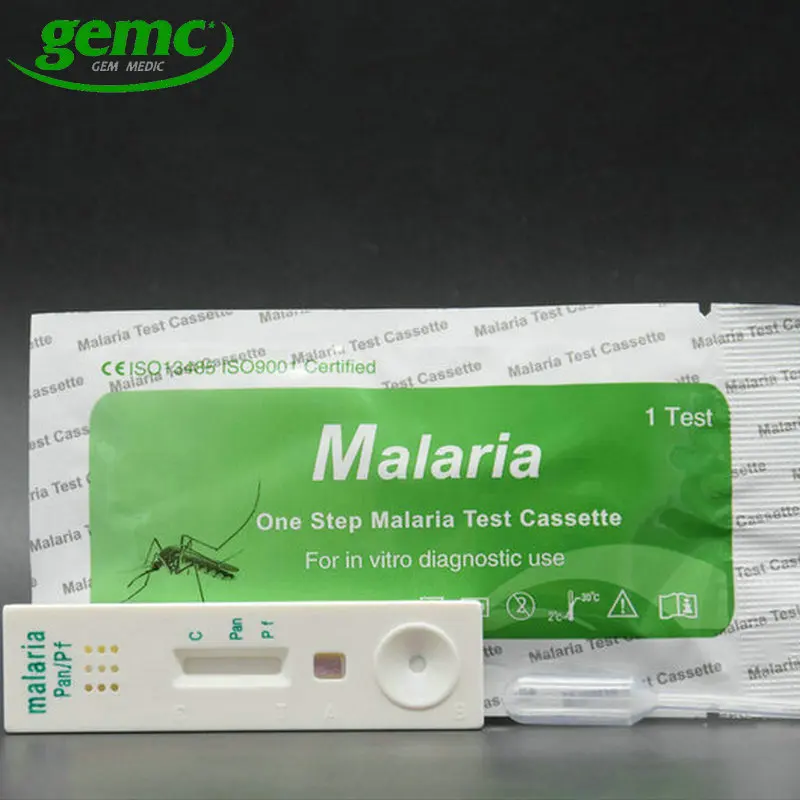
Do not allow the tip of the lancet to touch anything before pricking the patient’s finger. Prick patient’s finger to get a drop of blood. Grasp the 4th finger on the patient’s left hand.

HRP2 antigen and T2 contains plasmodium pan-specific antibody i.e. This Ag-Ab complex will migrate along the test strips, which will be captured by the specific antibodies present in the immobile phase (here T1 contains monoclonal antibodies specific to P.falciparum i.e. If malaria antigen is present in the blood sample, Ag-Ab complex will be formed as it combines with the labeled pan-specific antibody present in the mobile phase. The test area contains an immobilized monoclonal antibody, which captures the Ag-Ab complex giving a visible line. These RDTs capture parasite antigens from peripheral blood using monoclonal antibodies prepared against a target malarial antigen and conjugated to gold particles in a mobile phase. RDTs for detecting malaria antigens are based on the immunochromatographic test principle. Limitation of Rapid Diagnostic test for Malaria diagnosis PRINCIPLE.Advantage of Rapid Diagnostic test for Malaria diagnosis.falciparum specific √ √ Pan-specific (all species) √ √ P. Target antigens for available RDTs are Antigens Note: Pan-specific means that the RDT detects all four types of plasmodia that infect humans. These two antigens are conserved major enzymes in the glycolytic pathway of malaria parasites, they are abundant and are soluble in the parasite. falciparum specific, pan-specific, and P. Parasite-specific plasmodium lactate dehydrogenase (pLDH), currently available as P.It is an abundant soluble, heat-stable antigen in the cytoplasm and membrane of infected erytocytes.

Histidine-rich protein 2 (HRP-2), specific to P.The three main groups of antigens detected by commercially available RDTs are: There is no need to wait for microscope results. RDTs give results in about 15 minutes, so a patient with malaria can begin treatment right away. RDTs offer the potential to provide accurate and timely diagnosis, reaching those previously unable to access good quality microscopy services.The RDT works through the lateral flow or Immunochromatographic strip method and notifies the presence of antigens by a color change/formation of bands on an absorbing nitrocellulose strip. pLDH- parasite Lactate dehydrogenase or Aldolase ) are produced by all malarial species but some antigens ( HRP2- histidine-rich protein-2 ) are produced by a single species of malarial parasite. Different types of RDTs detect different antigens of malarial parasites.

If malaria antigens are not present in the person’s blood (RBCs) the test will be negative. If malaria antigens are present, the test will be positive. RDTs detect these malarial antigens in a person’s blood. Malaria parasites produce proteins called antigens. Rapid diagnostic tests or RDTs for malaria are a way to test whether a person with malaria-like symptoms has malaria.


 0 kommentar(er)
0 kommentar(er)
